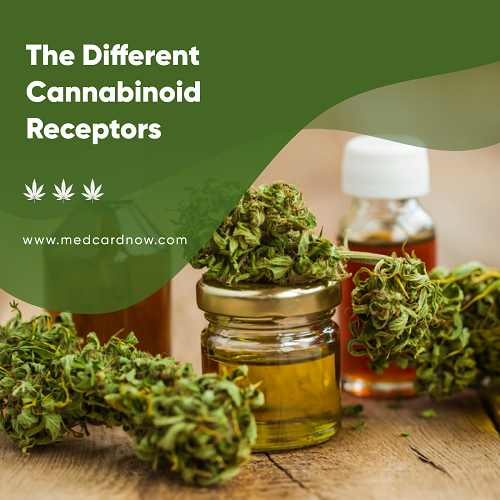
According to initial research, cannabinoid receptors were only found in the brain and nerves of humans. However, researchers later discovered that the receptors are also found in the body’s peripherals, including the skin, immune cells, bone, fat tissue, liver, pancreas, skeletal muscle, heart, blood vessels, kidney, and gastrointestinal tract.
The primary influencers in the endocannabinoid system involve the CB1 and CB2 receptors. These receptors bring all the magic about the ECS. Like most biochemical receptors, CB1 and CB2 are protein molecules in charge of receiving chemical signals from different parts of the body. They are found in our bodies and only act when they receive a signal, then they start carrying out their tasks.
New Cannabinoid Receptor
Over the last couple of years, CB1 and CB2 receptors carried high capacity. But currently, researchers believe that there is a possibility of a new cannabinoid receptor, that could open the gateway for more magical abilities of the cannabis plant.
This believed molecule goes by the code name GPR55, which may also be called CB3 soon. GPR55 first came into existence in 1999 in different brain areas, including the hippocampus, cerebellum, thalamus, and more. However, recent studies have also found it in the body’s hidden areas, including the spleen, gastrointestinal tract and adrenal glands. Here is a detailed examination of all the receptors.
CB1 receptors
CB1 receptors are found principally in the brain and central nervous system. They are additionally located in the kidneys, liver, lungs and regenerative organs. CB1 activation has cerebral and social impacts. In mind, they are found in all locations that control mental and brain activities like memory, motor coordination, feeling, and high cognitive capacity. CB1 receptors are additionally found in sensitive spots where they may help decrease the feelings of pain.
CB1 receptors are mostly found in the brain and carry the effects of all cannabinoids. CB1 receptors bind directly with THC, which may clarify the euphoric, psychoactive high people experience after smoking.
CB2 receptors
CB2 receptors function in the immune system and peripheral nervous system. Since they are hidden in the body, CB2 receptors’ activation doesn’t bring about psychoactive impacts.
CB2 receptors have a high link with an inflammatory response. The activation of these Cannabinoid receptors stimulates a reaction that limits harm to tissues and can diminish pain. According to a 2006 study, CB2 receptors’ activation can help diminish pain and permit the body to heal. CB2 also prompts anti-inflammatory and pain-relieving impacts, which might be valuable for patients living with inflammation-related issues, such as gastrointestinal conditions.
GPR55 CB3?
There is new proof that shows that the endocannabinoid system is broader than we think. Since 1999, we have discovered that cannabinoids could easily affect pulse, pain, inflammation, and gastric motility without CB1 and CB2 receptors. This prompted the discovery of different receptors to which cannabinoids tie. GPR18, GPR55, GPR119 work sufficiently in the immune system, CNS, and gastrointestinal systems separately, while others can easily regulate pain transmission and cell function.
So, is there any explanation for that? If this receptor is undoubtedly a cannabinoid receptor, that implies the present knowledge of the endocannabinoid system needs more research.



